Kalighat Painting Worshiping Women
| State | West Bengal |
| Material | MDF |
| Product Dimension | 14 x 10 x 0.31 inches |
| Country of Origin | INDIA |
| Color | Multicolour |
This Folk Painting characterised by bright colours and bold outlines, Kalighat painting evolved as a unique genre of Indian painting in 19th-century Kolkata (formerly Calcutta), in West Bengal. From the depiction of gods and other mythological characters, these paintings developed over time to reflect a variety of themes.
According to legend, Lord Shiva, the god of dance and destruction, was deep in meditation on Mount Kailasha when he received news of the death of his consort, Sati, an avatar (or human manifestation) of the goddess Kali. He wandered for days with her body draped across his shoulders and his inconsolable grief threatened to ruin the earth. Lord Vishnu, the Preserver, was called upon to intervene. To relieve Shiva’s burden, he shattered Sati’s body into 51 pieces. The little toe of Sati’s right foot was said to have fallen at the site of the Hooghly River, and from this point on the area became associated with the goddess Kali. By the 1690s, when it became part of the city of Kolkata, it was already known as the sacred realm of Kali or Kalikshetra. The moorings (ghat in Bengali) on the bank of the Hooghly River were known to pilgrims as Kalighat, and there was perhaps an early version of a temple at the spot in the 17th and 18th centuries. By the early 19th century, the temple was a popular destination for local people, pilgrims and interested European. visitors.
The paintings attracted the interest of many foreign travellers who visited the city in the 19th century. As examples of ‘oriental’ or ‘exotic’ souvenirs, Kalighat paintings were perfect – easily portable and concise enough to explain to friends back home.
| State | West Bengal |
| Material | MDF |
| Product Dimension | 14 x 10 x 0.31 inches |
| Country of Origin | INDIA |
| Color | Multicolour |
| State | West Bengal |
| Material | MDF |
| Product Dimension | 14 x 10 x 0.31 inches |
| Country of Origin | INDIA |
| Color | Multicolour |
2 reviews for Kalighat Painting Worshiping Women
Add a review

Authentic
Every product is unique in its own sense and has an aesthetic appeal to it.

Quality
conscious pieces - At THE STATE SQUARE we value your trust.Thus it is our pride to deliver to you stylish pieces with the best quality material.

Made in India
An advocate for #vocalforlocal we believe in uplifting the lost Indian art and supporting Indian craftsmanship.






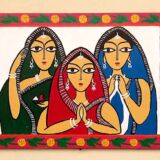
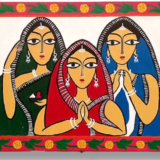


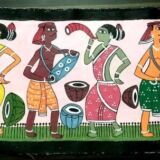


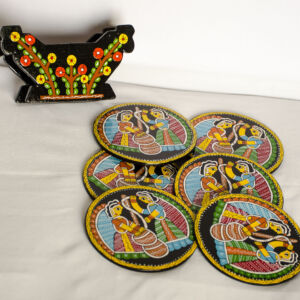


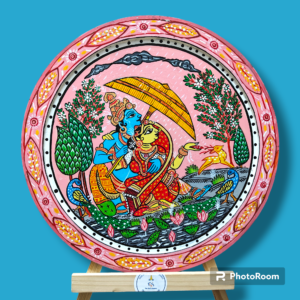
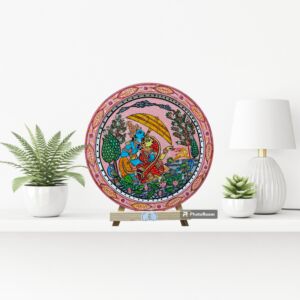
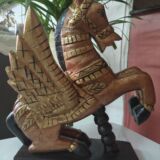
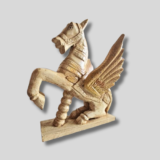
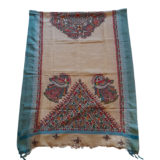



Material is good made up of MDF. Quality is good. I think it is for entrance. Perfect for gifting. Welcome in ethnic ways
Used it on entrance, got many compliments of such a greet.